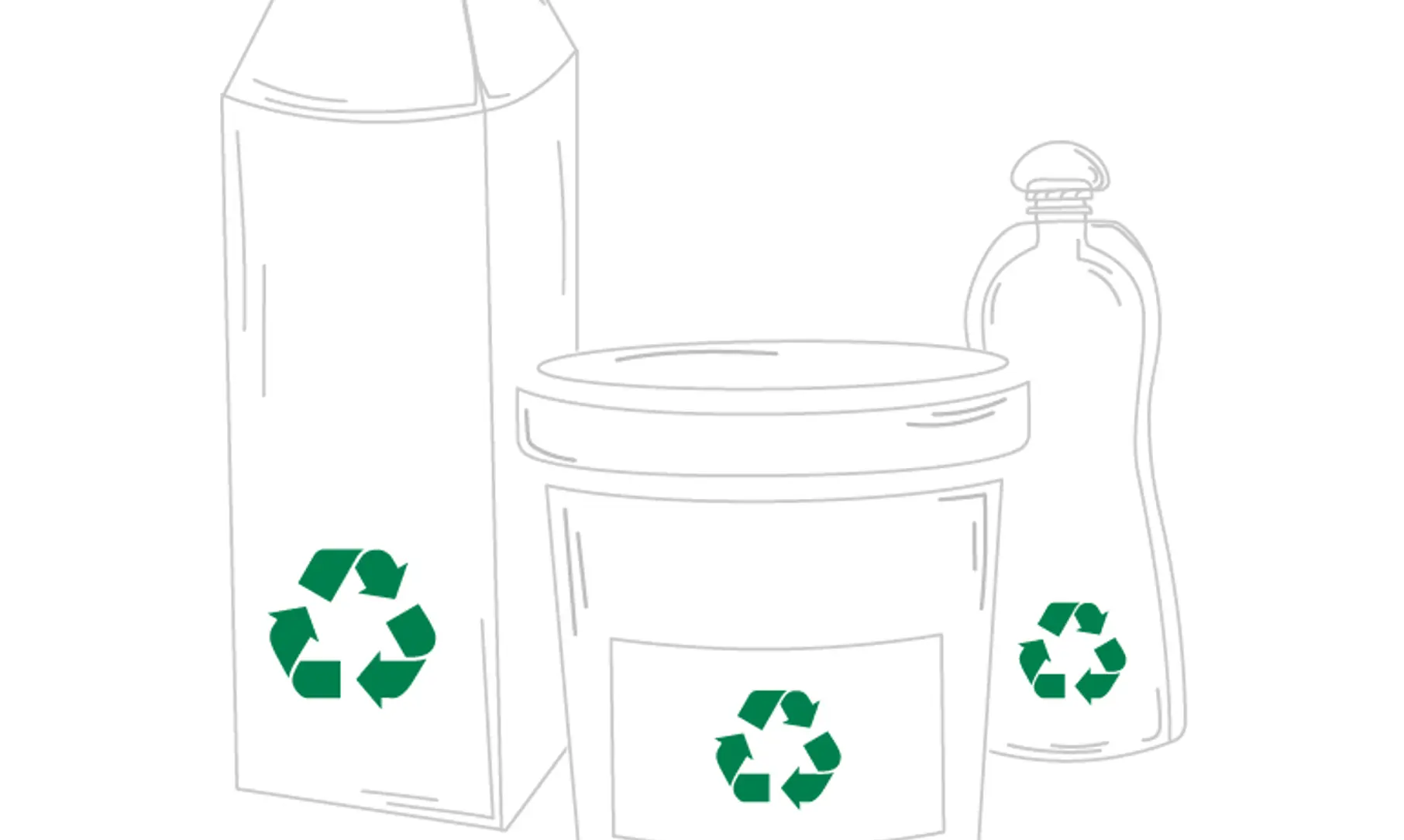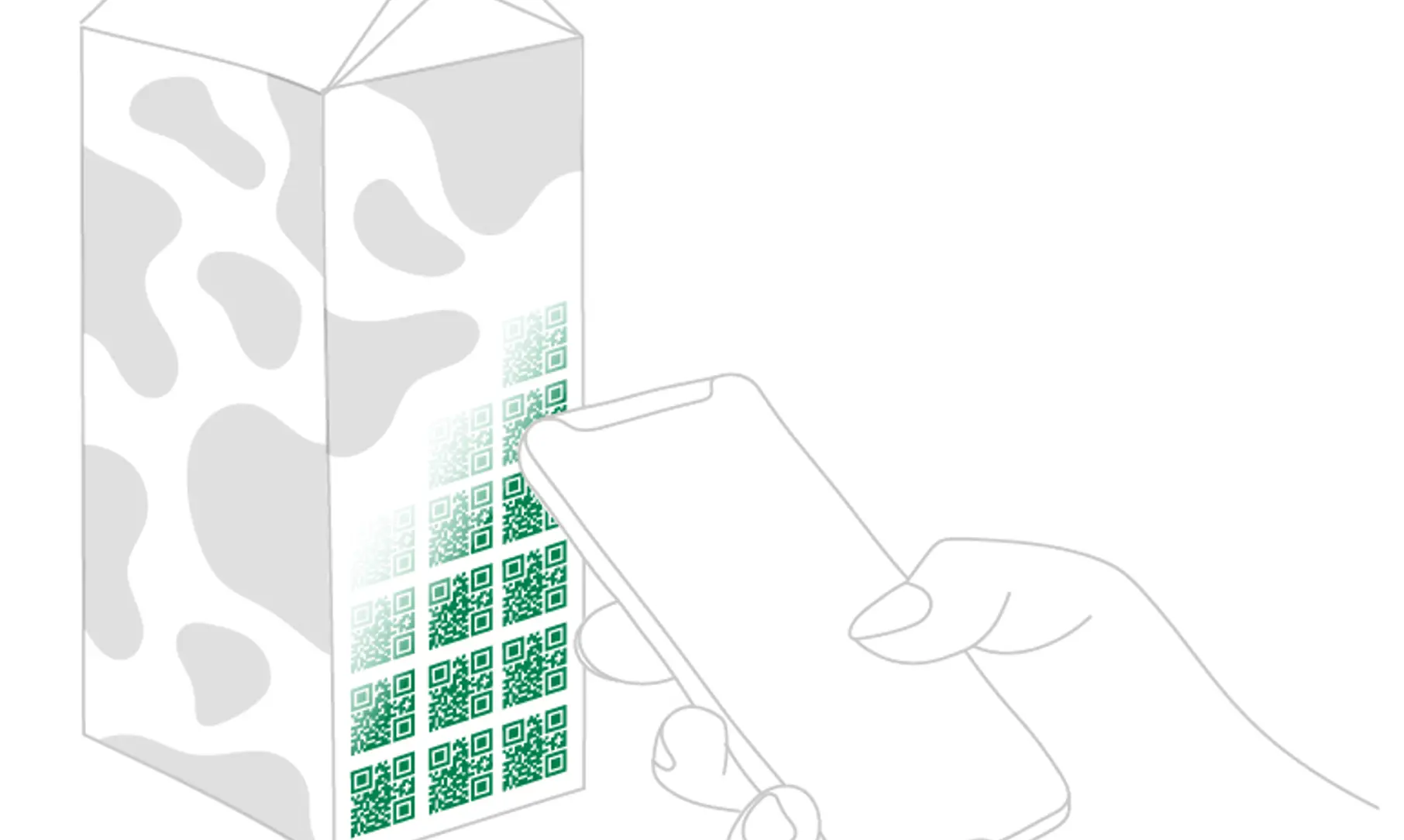Driving up recycling with consumer engagement

In part two of Recycling Spotlight, we examine the role of clear communication and transparency to boost recycling.
Today, most people acknowledge the importance of recycling. But lack of clarity over how to do it and what can be recycled hinders efforts. Add to this, a flood of misinformation plus “greenwashing” and you have the perfect storm for consumer uncertainty and inertia.
On a global level, the amount of waste produced every year is 2.12 billion tons. According to the World Bank, this amount of waste will triple by 2100.
Triple! Let that sink in for a moment.
Therefore, recycling and reducing packaging waste are crucial for protecting our environment and preserving natural resources.
Legislation challenges
But which materials can be recycled? Is it the same across the world? And how can consumers be better informed about recycling?
Alliances and legislation often help to build consumer awareness. In Europe, the proposed Sustainable Product Initiative is hoped will promote better transparency. And in the USA and continents like India & Africa, the Extended Producer Responsibility bill is used to help encourage more systematic recycling.
Should you judge a product by its label?
One significant way to foster better consumer trust and awareness is via the role of certifications and labels on packaging. See our previous article, for a helpful breakdown of these symbols. Not only are certifications instrumental in influencing product choice but they can guide consumers on how and what materials can be recycled. Obviously, when they get misused, like the international recycling symbol, that appeared on plastics in the 1990s, consumers become misled and disenchanted.

Developments in labelling technology
Greater transparency combined with clearer labelling and technological innovations is helping to build back consumer trust. In 2020, a cross-value chain initiative pioneered an invisible digital watermark for accurate sorting and boosting recycling. And in our previous series The Transparency Track, we explored the inventive use of NFC and QR codes to build circularity. Encouragingly, in the last few years, there are many examples of apps being used to improve recycling efforts such as one being trialled in Canada to track reusable food containers, using NFC.

Communication is key
Solving the recycling challenge requires engagement and scaled-up action across the entire value chain. But like most complex issues, the best way to solve them is through clear communication. An example of this is the recent recycling initiative by SIG, where the company is using a mobile app to incentivise recycling in Egypt. Consumers can conveniently arrange for their used cartons to be collected from their homes or workplaces through the click of a button.
With such circularity principles being integrated into business operations, new and higher standards will be reached that ensure consumers are informed and engaged.
In part three of our Recycling Spotlight, we examine each step of the recycling process once a consumer disposes of their product. Be sure you stay ahead, subscribe to the SIGnals for a rundown of our latest news and stories.
- December 15, 2022
